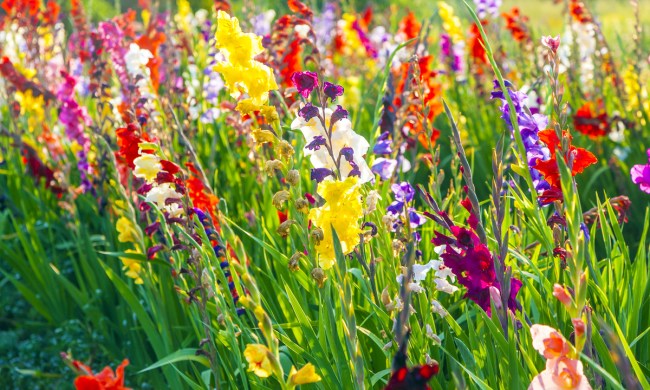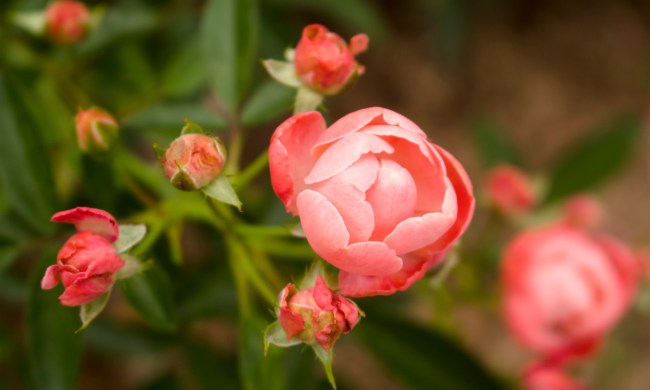It’s a new year, which means we’re about to enter a new growing season! If you’re planning out your first garden of the year, it’s easy to become overwhelmed with all the options. There are so many plants to choose from, and every year new hybrids and varieties are introduced to the market. If thinking of all those plants makes your head spin, don’t worry. You’re not alone. We’ve got some recommendations to help narrow things down to start your new year planting season off right.
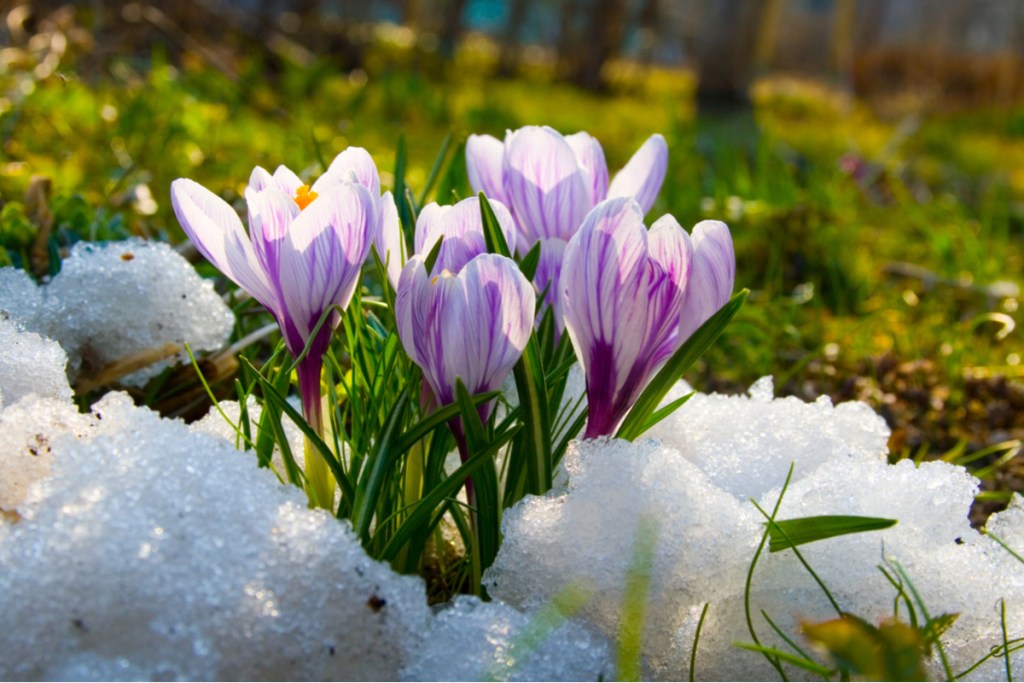
Early-blooming flowers
Flowers that bloom early in spring or late in winter are great choices to plant. Due to their bloom time, they’re often cold resistant, and they can add a bright pop of color to break up the smooth whites and browns of winter. If you’re growing them from seed, it’s best to plant them in the fall. However, you can often find seedlings or mature plants in nurseries early in the year.
Some great early-blooming flowers are:
- Crocus
- Snowdrops
- Daffodils
- Violets
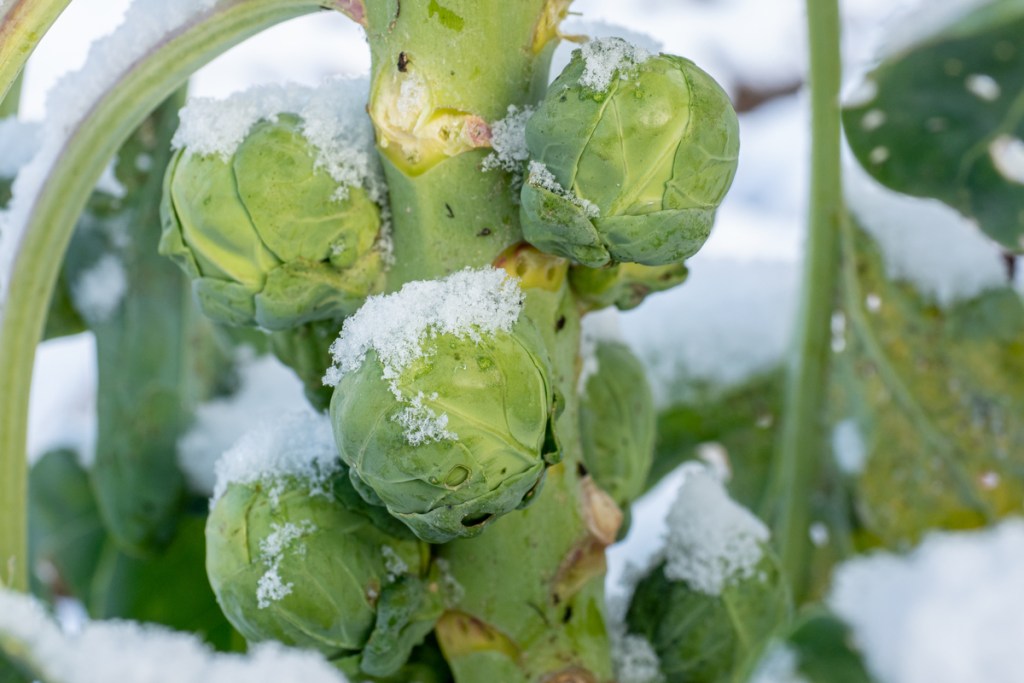
Slow-growing fruits and veggies
If you plan on growing a lot of fruits and vegetables, you should be aware that some of them grow very slowly. In order to harvest them on time, plan to plant them early in the year. While some are sensitive to the cold and may need to start indoors, others can be planted directly in the soil as soon as it thaws enough to dig in!
Here are a few slow-growing plants to consider planting early:
- Brussels sprouts
- Artichokes
- Asparagus
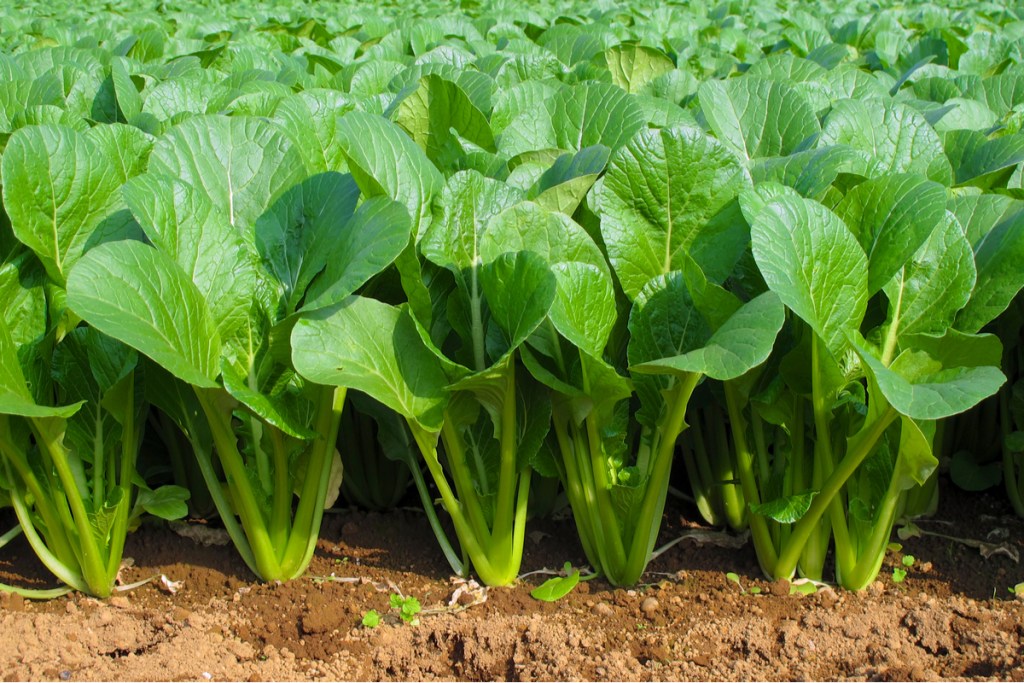
Quick-growing cold-resistant fruits and veggies
If you’re already craving fresh fruits and veggies, you might want to focus on cold-tolerant plants that grow quickly. Planting these will let you get in a few quick harvests before many other fruits and vegetables are even ready to be planted! You can start the seeds indoors or plant them in early winter. However, to add them to your garden early in the year, check your local nursery for seedlings and nearly mature plants.
Look for these plants in particular:
- Spinach
- Kale
- Cabbage
- Carrots
- Beets
- Turnips
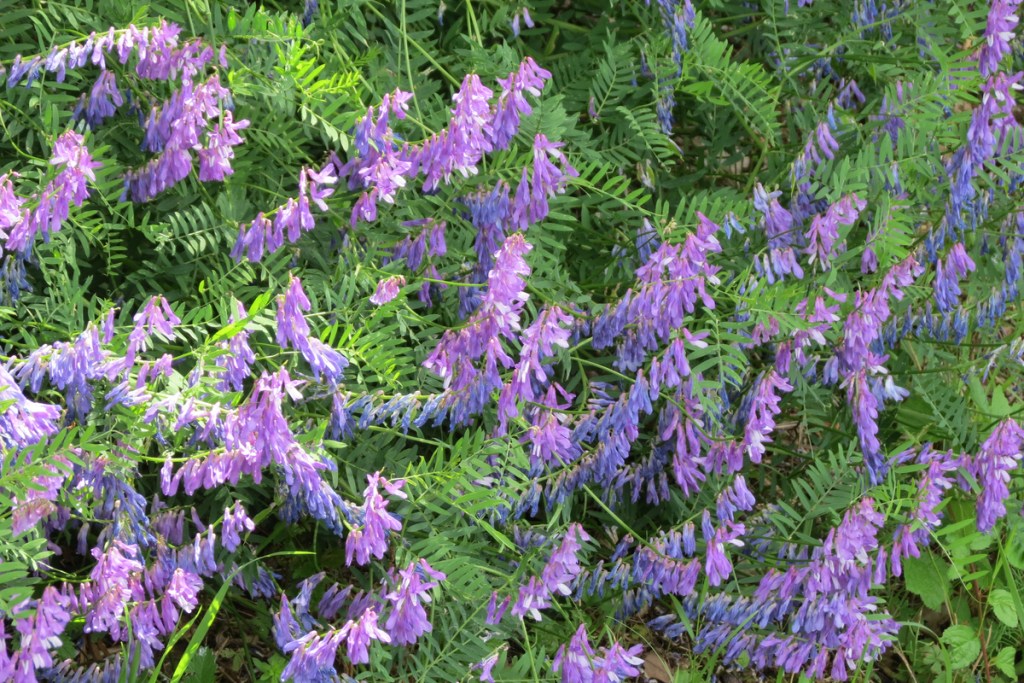
Cover crops
If you plan to leave your garden empty for a time, then planting a cover crop can be helpful. Cover crops prevent wind and rain from washing away soil, but they can also return nutrients to the soil, giving your new planting season a boost. Many gardeners plant winter cover crops at the end of fall, but depending on your climate, you can still plant some of them in January.
Some cover crops are better suited for warm weather, but here are a few you can grow while it’s cold out:
- Winter rye
- Vetch
- Red clover
- Austrian winter peas
With proper planning, you can get a jump on this year’s growing season and bring your garden to life early! Whether you prefer flowers or vegetables, or just plan to leave your garden alone for a few months, this guide can help you get started. Some of these plants can even grow indoors, so if the weather where you live is still too cold to get out and garden, that doesn’t have to stop you from getting a jump on your new year of gardening.

